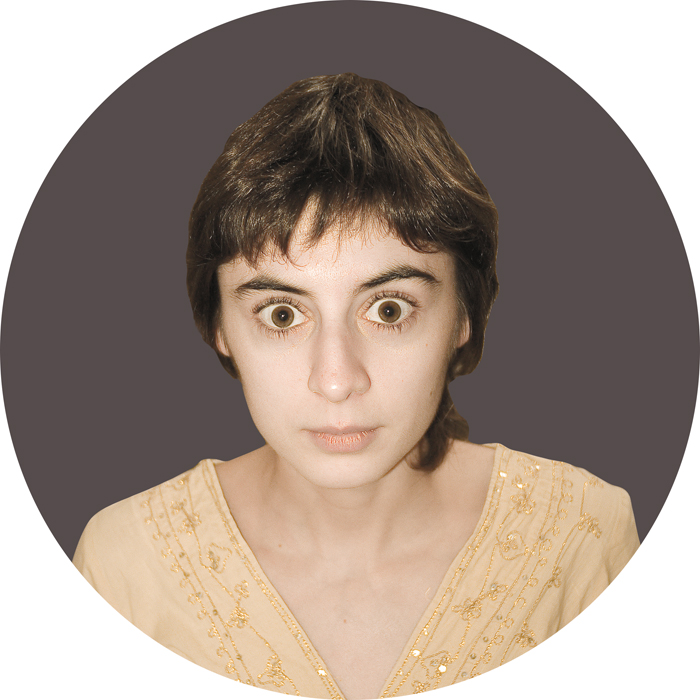
KAIR 2011 INTERVIEWS!
Aritst interview 2011.10.15
Interviews with the KAIR 2011 artists!
Next, we have MARINA from PORTUGAL!
(I asked the artists to look as frightening as possible in their portraits.) Marina said she saw a man at a festival here who was looking scary so she tried to copy him. Excellent work. Nice!
What made you apply for the Kamiyama Artist in Residence program?
Well, as I told you in Portugal we don't have many opportunities to develop Land Art and I never exhibit in a gallery, except with friends, not an individual exhibition. I like to work outdoors so I started to find other ways, looking at other countries maybe. I did two artist residencies before and this wasn't the first time I'd looked in Japan (for a residency). When I saw the residency in Kamiyama I thought I should apply because most of the other residencies are in cities and it is a different dimension. So Green Valley and the KAIR project made me apply.
Describe your work in one word
Nature.
Do you have a special method for generating your ideas?
For me, I like to meet new cultures, new places and then start to think about the different shapes and forms that I get from these things. I think it is new cultures that make me think about new ways to use nature in my work.
What is the most frightening experience you have ever had?
I think it is when someone very close like family or friends has an accident or goes to the hospital. There have been no big catastrophes' in my life.
What is your favourite Japanese food?
Not just one! I like many things. Tempura is really good. Some soups, miso soups, I like the way they cook tofu in many different ways. I like a lot of Japanese food!
What do you enjoy most about creating art?
I enjoy the work in progress, and I enjoy when things happen spontaneously. I enjoy when it's finished and nature starts to take over.
What is there a process behind creating your art?
It's similar to a lot of other artists. First, looking for materials in nature, predominantly found here in Kamiyama. Then I start to sketch the shape of the thing, how it works, the environment. Sometimes I choose the place first and then I try and create the work for that place and think about how it will function in the environment. When I start to work I have more idea if it is going to be a performance or if I will simply put the work in nature. I use the Fibonacci Sequence a lot to create a relationship between the elements I use, for instance if I use circles I can play with different sizes and types but always in sequence.
How did you discover your passion for art?
It began when I was studying. I started to make different work to my friends and to other people because they were thinking about galleries, but maybe just in my class not the whole school; maybe there were three people (in the school who made Land Art) and we used to make things on the beach.
Do you think you have a particular technique/
I think I'm more used to working on wood. My academic study was conceptual, more about critiquing art so I don't have the full technique for working in one material. But my style is not too rigorous and I take advantage of natural forms of the material. It's closer to primitive art than about trying to perfect a technique.
Do you find art difficult?
It is difficult, but it is a difficulty that I enjoy.
If I gave you this piece of face-
I will ask you if it is edible and how did you make the forms so that it looks similar to a face.
How do you feel in Kamiyama?
I feel very relaxed and I feel people are always looking after us and are very friendly and helpful. I feel very well and at home at this moment. There are always a lot of activities happening, festivals and so on. I am feeling well, comfortable.
What is your favourite smell?
Here in Kamiyama? I like the smell of the wood when I am working.
How would you like your art to relate to Kamiyama and its residents?
I can see lots of relationships and (yet) the work is not exhibited yet. I was speaking with carpenters and they lent me materials and we shared some knowledge of wood working. Also, when buying materials outside it is with the opinions and suggestions of Kamiyama local residents. That is also a relationship and that began at the beginning.
I like also that people came to the studio and asked questions and made me think about my work in new ways so that was nice. I feel that I also brought something new by trying indigo (dye) on wood because everyone that works with indigo was surprised and they were saying ‘ Oh that is a new thing, maybe I will try'. Most of all it is sharing. Sharing thoughts, sharing ways of working, materials, new ideas and new ways of thinking.
What is the worst thing you’ve ever made?
A lie. When I was young, I think I used to lie a lot!
What other jobs have you done and how does it inform your art?
No, yes I think I am still developing ideas from university, like the Fibonacci sequence, visual rhythms, basic shapes like circles and nature shapes. I am still trying new materials from different regions, from nature also. I see a development, not like ‘oh this is my old work and it is so different'.
What do you dislike about your work?
I wish I could live on making art. I dislike that I have to work in another profession to live and I have to stop making art!
What is the worst piece of advice you have ever been given?
I hope I don't take too long explaining in English! I was finishing university and I wanted part-time work in something connected to art like selling theatre tickets. So, I went to the employment institute and I was waiting in a line for hours and hours and hours and it was the kind of situation when maybe someone might say ‘come back tomorrow'. So I was in this kind of situation and when finally I got to see someone I had some psychologist attending and I was nervous. The psychologist told me to relax because I can always go back to my parents and they would give me some money and things like that, and I said to myself I'd never go back to that institute!
In your opinion,
Art is linked to society. When you are describing the human being art is one of the differences you find when comparing to other animals. Art is very subjective, it doesn't need an explanation. If you define art you define it based on one opinion, so if one person says ‘this is art' it is just one persons opinion. The things we cannot explain like life, death, art is like that. It is connected with being and acting like a human. You do things that aren't functional but they fulfil you in a certain way. I remember one Chinese person who I asked the same question said ‘Life is art and art is life' and I think this is the best answer.
Maybe I can add something. I'm going to use terms that I dislike such as ‘developing country', ‘developed country'. I did some volunteering in poor countries and they were the countries where I found that everyone makes something. All the families enjoy passing time by making some art, making some objects; they make things together. I felt they were alive, that they had energy, a culture. When you go to developed countries people lose that way of making things that have no function. They have other ways to pass the time, they have other entertainment. It is 'consume, consume, consume, buy buy buy'. In Japan, people are very creative and it is a well developed country. Maybe it is because it is a rural area here, I don't know, but I feel very well here because people are creative.
What is your favourite sound?
I like the sound underwater.
Who is the best artist/
I enjoy the work of people in poor countries. I enjoy when random people make something for pleasure. I don't have one particular person. But I was very influenced by the work of Iannis Xenakis. He made me think about sounds in three-dimensional forms.
Can you describe Kamiyama in one word?
It is very connected to nature and it is a very relaxed place. In one word? Can I say more than one word?! The feeling I have is like passing time. In a very good way you see the time passing.
What would you like for your birthday?
Well if you ask what I want for Christmas then I wish to be an aunt. My sister will give birth at Christmas. For my birthday? I can't say now! It is next year, it is a long time!
How do you feel when you present your work to the public?
I feel the work belongs more to nature than to me. My wish is that people can feel and enjoy that it is part of a public space. It belongs to everyone so my feeling is that I hope each person can enjoy this work in some way.
If you are a vegetable,
I would like to be a nenufar (waterlily). But a small one, not big.
Do you have a weakness?
Sometimes I am indecisive and maybe lazy!
Thank you to all the artists for their time.
Rufus ‘Ru san’ Ward

itoi+ru-san
Itoi-san - Kanuma soil. Likes salmon sashimi, dislikes entrails of sea cucumber. Ru-san - Lancashire hotpot. Creative type. Likes being outdoors. Dislikes status. Together we are ITOI ARTS a project in divergent creativity in the mountains of Shikoku, Japan. 四国の山奥、多様な創作、アートとは。 //イベント時のみオープン// \\ふだんはただの家//
Articles by itoi+ru-sanTo comment
コメントを残す
“Aritst interview”Latest bulletin
“Aritst interview” archives- Aki Rika (12)
- Chan (11)
- Claire Tanaka (3)
- Folklore and History (1)
- Karin van der Molen (13)
- Rakuon Rakujitsu (1)
- Taste of Kamiyama (4)

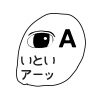
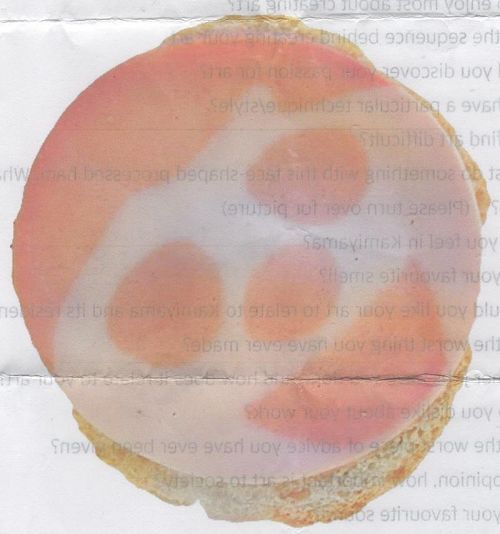
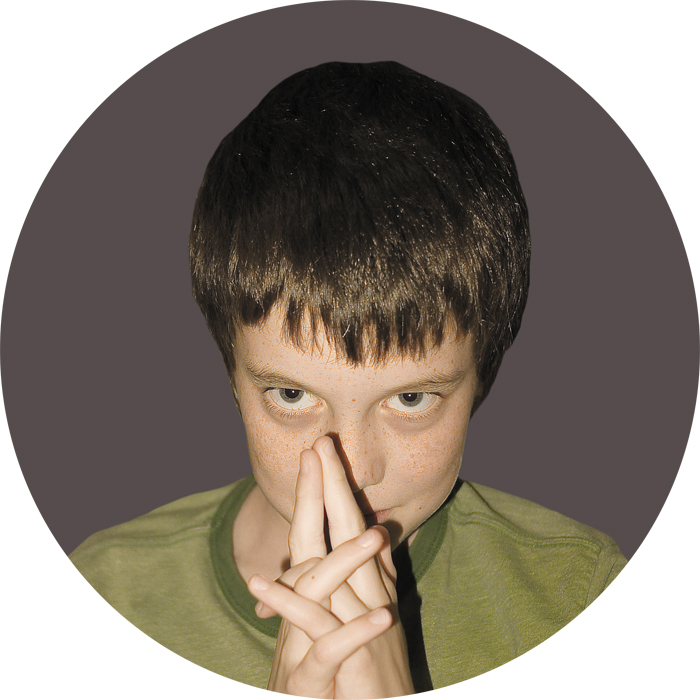
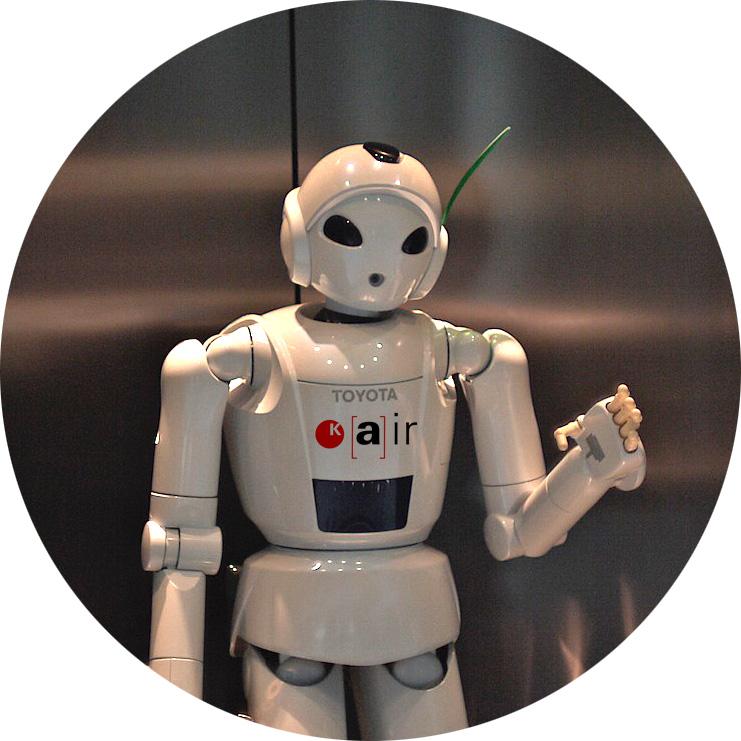
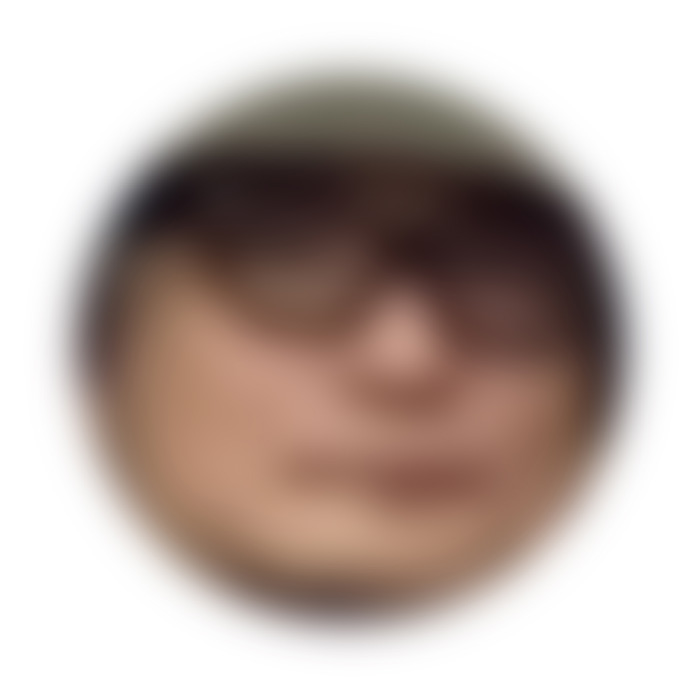

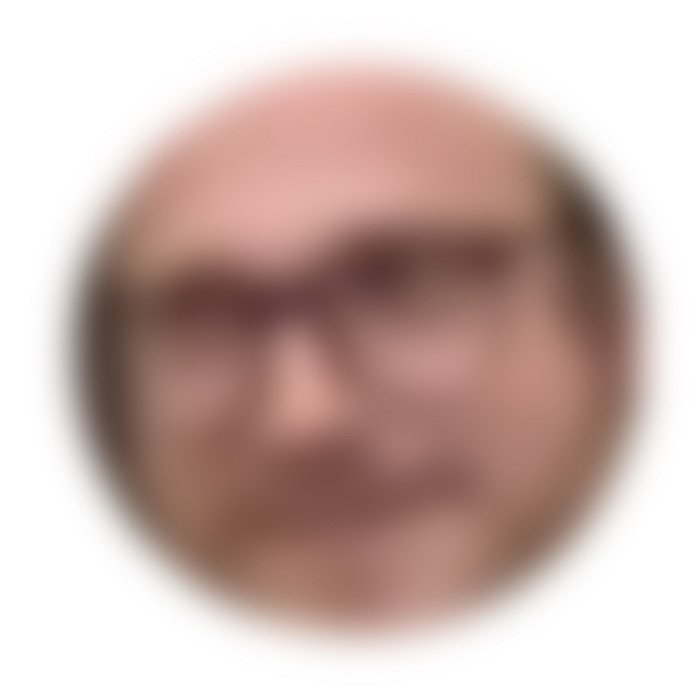
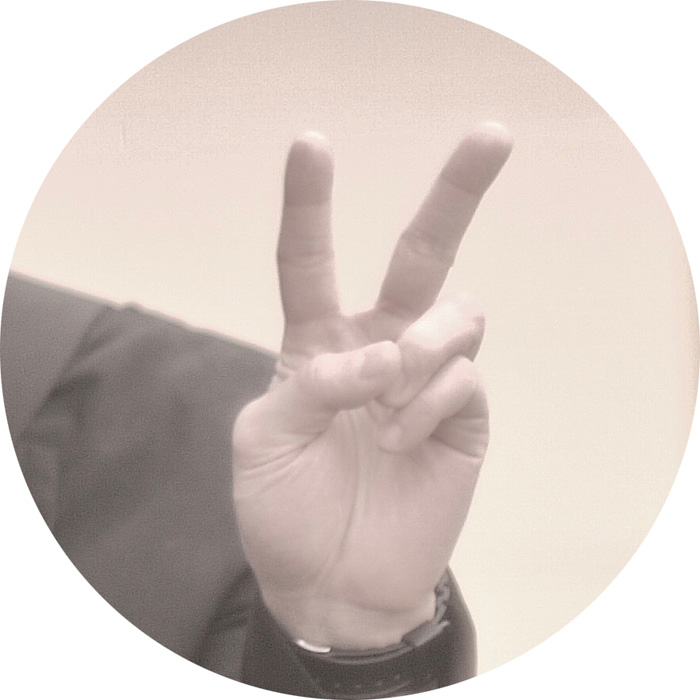
Comments
Fun to read. Thank you Ru-san!
10/15/2011 9:49 AM | 大南 信也